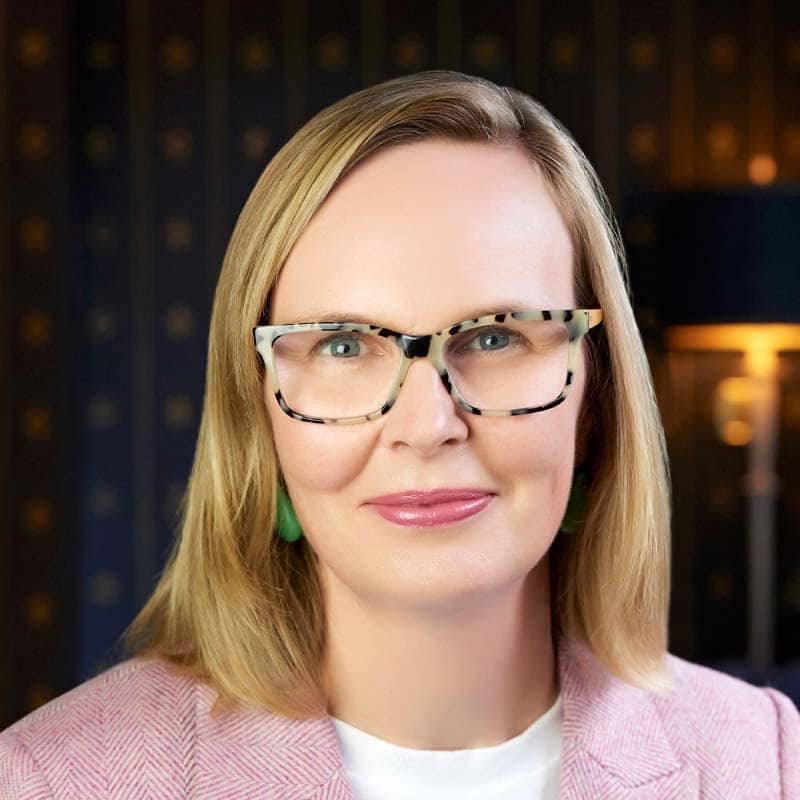Even the High Court of Australia could not come to a majority decision on the thorny question of the patentability of computer-implemented inventions in its highly anticipated judgment in Aristocrat Technologies Australia Pty Ltd v Commissioner of Patents [2022] HCA 29.
Key takeaways
Aside from the requirement to meet the more well-known criteria for patentability such as novelty and inventive step, many patent applications involving methods or procedures implemented by computer technology are tripped up over the threshold question of whether they are patent-eligible at all. Most weeks the Australian Patent Office refuses several patent applications to computer-implemented inventions because they do not claim patent eligible subject matter. These applications cover a range of fields, such as logistics, fintech, marketing and data analysis.
In Aristocrat, the High Court was split on the correct approach to characterising the relevant invention, leading to opposite conclusions as to whether the patent was valid.
Background
In 2018, the Patent Office revoked four innovation patents filed by Aristocrat Technologies Australia Pty Ltd (Aristocrat). The patents were directed to a feature game available on an electronic gaming machine (EGM), and specifically relate to the use and configuration of symbols representing prizes of various values. The Office concluded that the relevant subject matter was no more than a scheme or abstract idea and therefore not patentable. Aristocrat appealed to the Federal Court, resulting in Justice Burley overturning the original decision, finding the invention patentable on the basis that the combination of the rules of the feature game together with the physical functionality of the EGM produced a particular outcome.
The Commissioner successfully appealed to the Full Federal Court. The Full Court found that while an abstract idea could be transformed into a patentable invention by means of computer implementation, that would only be the case if that implementation comprised some technical innovation in the field of computing. The Full Court found that Aristocrat’s EGM as claimed was a conventional machine, despite being customised for the game and therefore not patentable. This decision has been criticised as reducing inventions in all fields to the computer technology by which they are implemented.
The High Court decision
Chief Justice Kiefel, together with Justices Gageler and Keane, took the view that the invention was to be characterised by reference to those elements of the claim which are not common general knowledge. Otherwise, they reasoned, any EGM which allowed a new game to be played would be patentable. As such, the nature of the claimed invention was the game itself. Being an abstract scheme, this was not patentable subject matter. However they indicated that had the invention as claimed involved some adaptation to otherwise well-known technology in order to accommodate the game, the outcome could be different.
Justices Gordon, Edelman and Steward on the other hand, emphasised the need to take into account all features of the relevant claims to derive a characterisation of the invention. They noted that at one end of the spectrum, most inventions could be stripped back to an abstract idea. They concluded that the best characterisation of claim 1 was an EGM incorporating an independent play interface and a game controller which included feature games and configurable symbols. So understood, the invention was not merely the idea of a game incorporated into a game controller. It was an altered EGM involving an artificial state of affairs with a useful result, and so was a manner of manufacture.
For a judgment to be overturned in the High Court a majority decision is required. As the High Court was evenly split the decision of the Full Federal Court is affirmed, so that the patents will remain revoked.
Comments
Interestingly neither of the judgments endorsed the tests applied by either the trial judge or the Full Court. Instead the judges finding the invention unpatentable indicated that the issue was whether the implementation of an otherwise unpatentable idea, plan or game involved some adaptation or alteration of, or addition to, technology otherwise well known in the common general knowledge, whereas the judges finding the invention patentable reverted to the NRDC question of whether an artificial state of affairs had been created, with the rider that the implementation of a scheme or idea on a computer must do more than merely manipulate an abstract idea.
Two other points of principle are worth noting.
First, Aristocrat submitted that an approach which focussed only on the new aspects of an invention conflated the issue of manner of manufacture with issues of novelty and inventive/innovative step. In response, the Keifel CJ plurality drew on the High Court decision in N V Philips Gloeilampenfabrieken v Mirabella International Pty Ltd (1995) 183 CLR 655 (Mirabella), in which the Court upheld the conclusion of the Full Federal Court that there is a threshold requirement that will remain unsatisfied if, on the face of the specification, it is apparent that the claimed invention does not have the necessary quality of inventiveness. In other words, it considered that the High Court had already accepted that some evaluation of inventiveness is appropriate outside of specific novelty and inventive/innovative step considerations. The Gordon J plurality expressed some doubt about such threshold test, but in any event noted that throughout the course of this litigation the Commissioner had not suggested that the claimed invention did not have the necessary threshold quality of inventiveness, treating this as a separate issue to manner of manufacture.
Secondly, Central to the analysis of the judges in favour of finding patentability was Aristocrat’s submission that the legal position should not be different depending on whether an abstract idea was implemented through a mechanical device or through a computer, leading them back to the NRDC analysis. It seems that the other judgment took the view that Mirabella provided an answer to this too, on the basis that a mechanical device which was not new would not meet the threshold inventiveness requirement regardless of the novelty of a game which could be played on it.
Conclusion
Even though the appeal was denied, leaving the Full Federal Court decision in place, all six of the deciding High Court judges declined to endorse the test applied by the Full Federal Court. However in the absence of a majority judgment, no binding precedent results from the High Court decision. As such, the lack of certainty in this area is likely to continue for some time.
Pearce IP is a boutique firm offering intellectual property specialist lawyers, patent attorneys and trade mark attorneys to the pharmaceutical, biopharmaceutical and life sciences industries. Pearce IP has been shortlisted as a finalist for the ‘Intellectual Property Team of the Year’ in the 2022 Lawyers Weekly Australian Law Awards. Pearce IP was crowned the ‘Intellectual Property Team of the Year’ in the 2021 Lawyers Weekly Australian Law Awards, and the firm is ranked in IAM Patent 1000 for both patent services and in Australasian Lawyer 5 Star Awards as a ‘5 Star’ firm. Pearce IP leaders are well recognised as leading IP practitioners. Team members have been recognised in virtually every notable IP listing for their legal, patent and trade mark excellence including: IAM Patent 1000, IAM Strategy 300, MIP IP Stars – Patent Stars & Notable Practitioner, Doyles Guide, WIPR Leaders, 5 Star IP Lawyers, Women in Law Awards – Partner of the Year, Best Lawyers and Australasian Lawyer 5 Star Awards.

Naomi Pearce
CEO, Executive Lawyer (AU, NZ), Patent Attorney (AU, NZ) & Trade Mark Attorney (AU)
Naomi is the founder of Pearce IP, and is one of Australia’s leading IP practitioners. Naomi is a market leading, strategic, commercially astute, patent lawyer, patent attorney and trade mark attorney, with over 25 years’ experience, and a background in molecular biology/biochemistry. Ranked in virtually every notable legal directory, highly regarded by peers and clients, with a background in molecular biology, Naomi is renown for her successful and elegant IP/legal strategies.
Among other awards, Naomi is ranked in Chambers, IAM Patent 1000, IAM Strategy 300, is a MIP “Patent Star”, and is recognised as a WIPR Leader for patents and trade marks. Naomi is the 2023 Lawyers Weekly “IP Partner of the Year”, the 2022 Lexology client choice award recipient for Life Sciences, the 2022 Asia Pacific Women in Business Law “Patent Lawyer of the Year” and the 2021 Lawyers Weekly Women in Law SME “Partner of the Year”. Naomi is the founder of Pearce IP, which commenced in 2017 and won 2021 “IP Team of the Year” at the Australian Law Awards.

Kate Legge
Special Counsel, Lawyer
Kate is an experienced IP and patent lawyer, providing IP leadership for pharmaceutical product development and commercialisation in global markets – from initial scoping through to post-launch.
She has developed and implemented global IP strategies over more than 15 years at multi-national pharmaceutical companies. She is an Australian qualified and registered legal practitioner, and has a Master’s degree in IP Law and a BSc in biochemistry.

